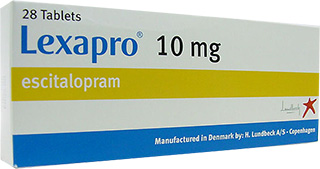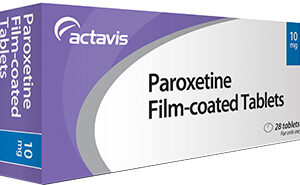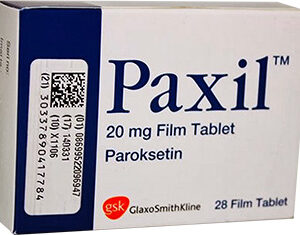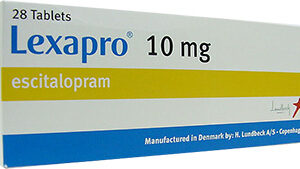Lexapro Medication Overview
Lexapro, generically known as escitalopram, is a selective serotonin reuptake inhibitor (SSRI) indicated for the treatment of major depressive disorder (MDD) in adults and adolescents (12-17 years), and for generalized anxiety disorder (GAD) in adults.
Pharmacological Profile
Escitalopram operates by increasing the levels of serotonin, a neurotransmitter associated with mood regulation in the brain. This adjustment in serotonin levels can contribute to mood improvement and relief of anxiety symptoms.
Available Dosage Forms
Lexapro is available in tablet form in the strengths of 5 mg, 10 mg, and 20 mg. Also, an oral solution of 1 mg/mL is available, providing an alternative for those who have difficulties swallowing tablets.
Initial Dosing Recommendations
For major depressive disorder, the recommended starting dose is 10 mg once daily which may be increased to a maximum of 20 mg daily depending on individual patient response and tolerability. For generalized anxiety disorder, a starting dose of 10 mg is recommended, without the necessity for an initial lower dose.
Dose Adjustments and Maintenance
When dose adjustment is necessary, changes should be made gradually, in increments of 5 mg, at intervals of at least one to two weeks. Maintenance dose for long-term treatment should be reassessed periodically on an individual patient basis.
Administration Recommendations
Lexapro can be taken with or without food, and it is generally recommended to take the medication at the same time each day to maintain an even level in the bloodstream.
Switching From Other Antidepressants
Patients switching from other antidepressants, especially those with a short half-life, should be carefully managed to avoid discontinuation symptoms. A washout period may be necessary.
Renal and Hepatic Considerations
Dose adjustment may be necessary in patients with severe renal impairment or with hepatic impairment, suggesting lower initial doses and cautious titration.
Use in Geriatric Patients
Older adults may require lower doses and close monitoring due to the potential for higher systemic exposure and increased sensitivity to the drug.
Pediatric Use Specifics
In adolescents aged 12-17, lower initial doses may be considered with gradual titration, taking into account the patient’s weight, response to treatment, and tolerability.
Impact on Pregnancy
Use during pregnancy should be considered only if the potential benefit justifies the potential risk to the fetus. There is a pregnancy exposure registry that monitors outcomes in women exposed to Lexapro during pregnancy.
Lactation and Nursing
Escitalopram is excreted in human milk, and caution should be exercised when administered to a nursing woman. The benefits of breastfeeding and the importance of Lexapro for the health of the mother should be weighed.
Drug Interactions Overview
Lexapro should not be used in combination with monoamine oxidase inhibitors (MAOIs) or within 14 days of stopping an MAOI. Similarly, an MAOI should not be initiated within 14 days of stopping escitalopram. Caution is also advised when used with other centrally acting drugs and serotonergic drugs due to the risk of serotonin syndrome.
Common Adverse Reactions
Common adverse reactions include nausea, insomnia, ejaculation disorder, somnolence, increased sweating, and fatigue. These are not all the possible side effects of Lexapro.
Monitoring and Laboratory Tests
Patients on Lexapro should have periodic monitoring of sodium levels for hyponatremia, serum glucose in patients with diabetes, and for signs of suicidal ideation or other changes in mood and behavior.
Discontinuation of Treatment
When discontinuing Lexapro, a gradual dose reduction is recommended to mitigate withdrawal symptoms. Abrupt cessation should be avoided.
Storage Conditions
Lexapro should be stored at 25°C (77°F), with excursions permitted between 15°C to 30°C (59°F to 86°F). The medication should be kept out of reach of children, and protected from light and moisture.
Prescribing Information Verification
It is crucial to verify the prescribing information for escitalopram as it may vary and new information might emerge. Healthcare professionals should refer to the latest version of the Lexapro medication guide or the prescribing information provided by the manufacturer.







Reviews
There are no reviews yet.